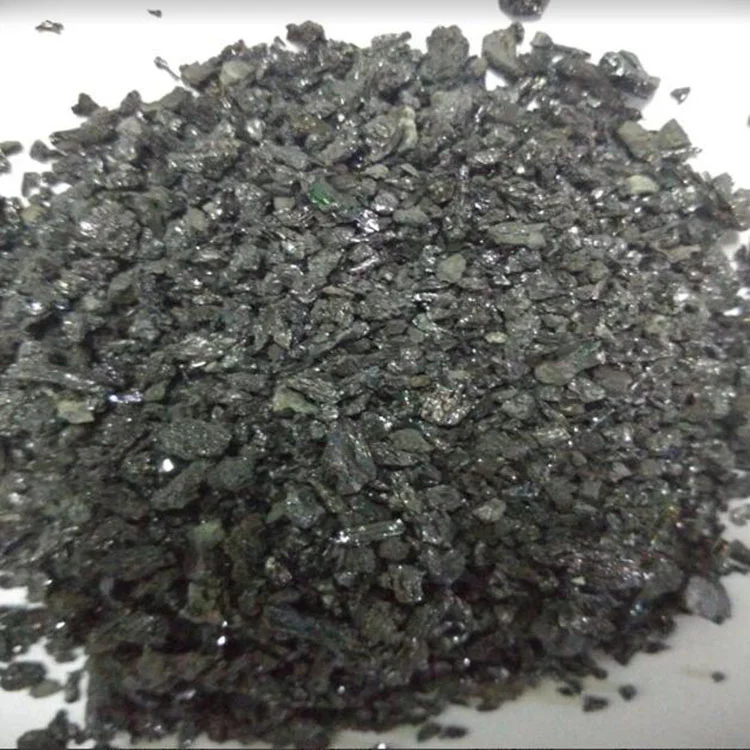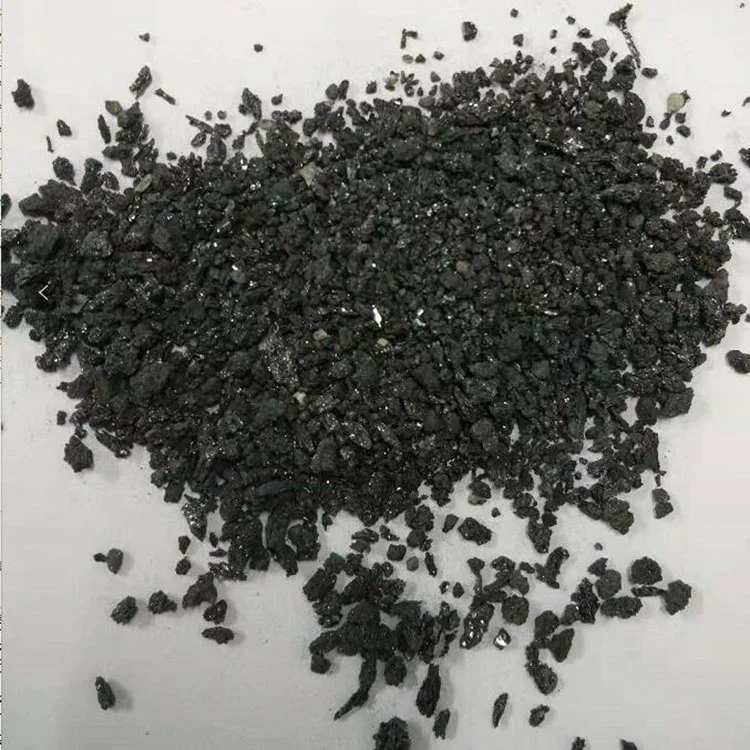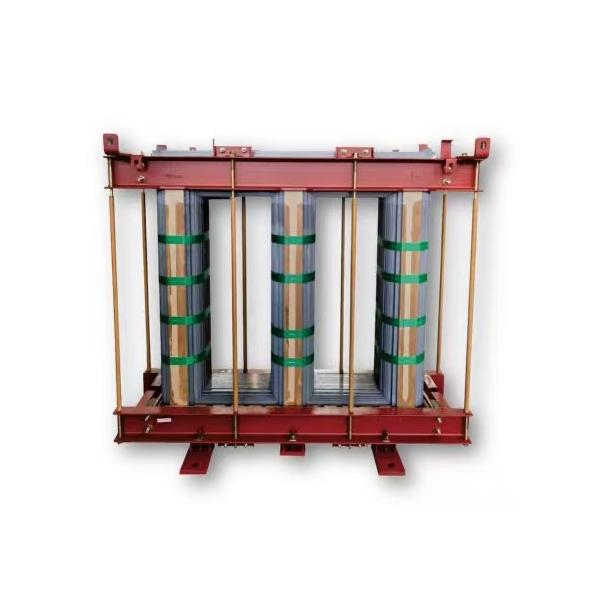How Silicon Carbide Deoxidizer Improves Metal Casting

Metal casting is a crucial process in various industries, including automotive, aerospace, and manufacturing. It involves pouring molten metal into a mold to create complex shapes and structures. However, during this process, the presence of oxygen can lead to undesirable effects such as porosity, brittleness, and reduced mechanical properties in the final product. To counteract these issues, the use of deoxidizers has become essential. One such effective deoxidizer is silicon carbide (SiC), which offers numerous benefits in improving metal casting.
I. Understanding Silicon Carbide Deoxidizer
Silicon carbide, also known as carborundum, is a compound composed of silicon and carbon. It is widely used as an abrasive material due to its hardness. However, its deoxidizing properties have made it a valuable additive in metal casting processes. When added to molten metal, silicon carbide reacts with oxygen, reducing its presence and preventing the formation of oxides.

II. Benefits of Silicon Carbide Deoxidizer in Metal Casting
1. Improved Mechanical Properties:
By reducing the oxygen content in the molten metal, silicon carbide deoxidizer helps improve the mechanical properties of the final castings. It minimizes the formation of defects such as porosity, which can weaken the structure and compromise its integrity. The result is a stronger and more durable product.
2. Enhanced Fluidity:
Silicon carbide deoxidizer promotes better fluidity of the molten metal. This is particularly beneficial when casting intricate or complex shapes, as it ensures that the metal fills the mold evenly and completely. Improved fluidity also reduces the risk of incomplete castings or the need for additional processing steps.
3. Reduced Oxidation:
Oxidation is a common issue during metal casting, as the high temperatures involved can cause the metal to react with oxygen in the air. Silicon carbide deoxidizer acts as a barrier, preventing the formation of oxides and minimizing the oxidation process. This results in cleaner and higher-quality castings.
4. Cost Savings:
Using silicon carbide deoxidizer can lead to cost savings in the metal casting process. By reducing the occurrence of defects and improving the overall quality of the castings, it reduces the need for rework or scrap. This translates to lower production costs and increased efficiency.
III. Application of Silicon Carbide Deoxidizer
Silicon carbide deoxidizer finds applications in various metal casting processes, including:
1. Steel Casting:
In steel casting, silicon carbide deoxidizer helps improve the steel's cleanliness and overall quality. It reduces the presence of impurities and enhances the steel's mechanical properties, making it suitable for critical applications.
2. Aluminum Casting:
Silicon carbide deoxidizer is also used in aluminum casting processes. It aids in reducing the formation of oxides, improving the fluidity of the molten aluminum, and enhancing the surface finish of the castings.
3. Iron Casting:
In iron casting, silicon carbide deoxidizer plays a vital role in reducing the oxygen content and preventing the formation of porosity. This results in stronger and more reliable cast iron components.

IV. Conclusion
Silicon carbide deoxidizer offers significant advantages in metal casting processes. Its ability to reduce oxygen content, improve mechanical properties, enhance fluidity, and minimize oxidation makes it a valuable additive. By incorporating silicon carbide deoxidizer into metal casting operations, manufacturers can achieve higher-quality castings, reduce defects, and ultimately enhance the overall efficiency and cost-effectiveness of their production processes.
Understanding the Role of Silicon Carbide Deoxidizer in Steel Manufacturing
HuanJiang Furnace Charge
hjlllily@163.com

